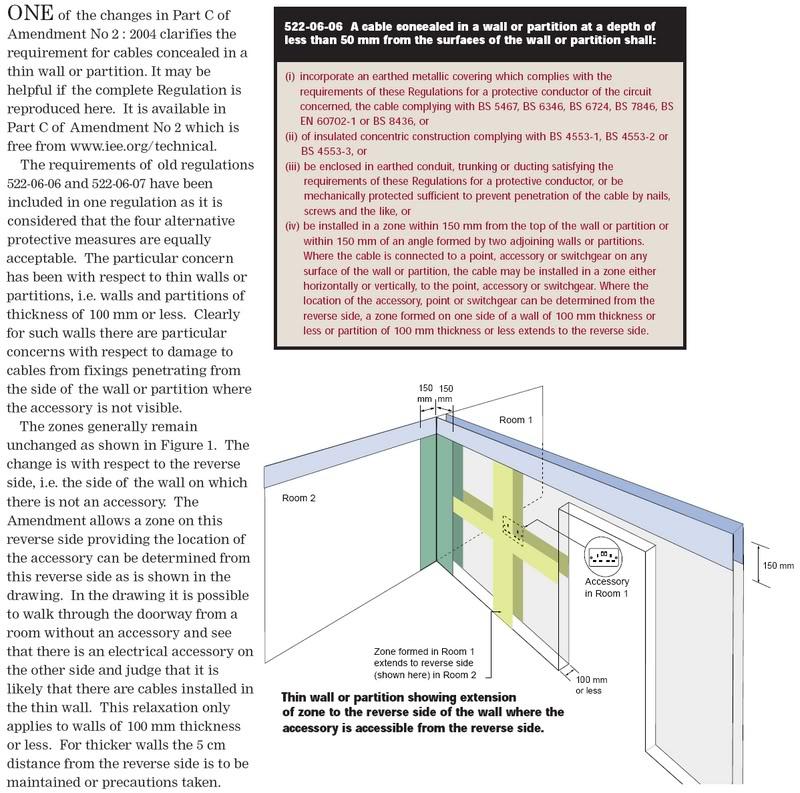Hello
We are moving our Cooker around 1 meter from its current position.
We need to extend the cable and then plaster over the top so where we have extended cannot be seen ( plaster then tile over ) Could some one tell us how we can achieve this ... Can we do this ? Junction box ? That we can plaster over that meets the requirements
Many thanks
We are moving our Cooker around 1 meter from its current position.
We need to extend the cable and then plaster over the top so where we have extended cannot be seen ( plaster then tile over ) Could some one tell us how we can achieve this ... Can we do this ? Junction box ? That we can plaster over that meets the requirements
Many thanks



